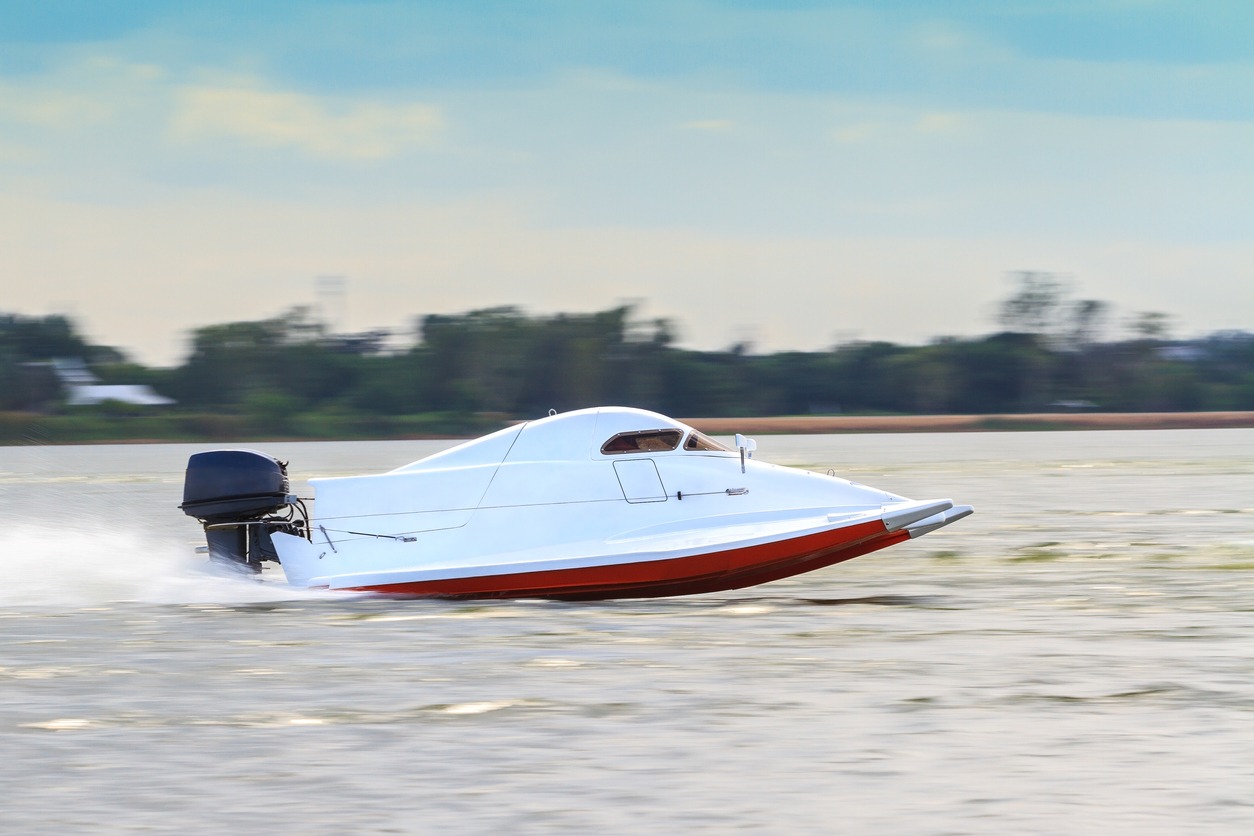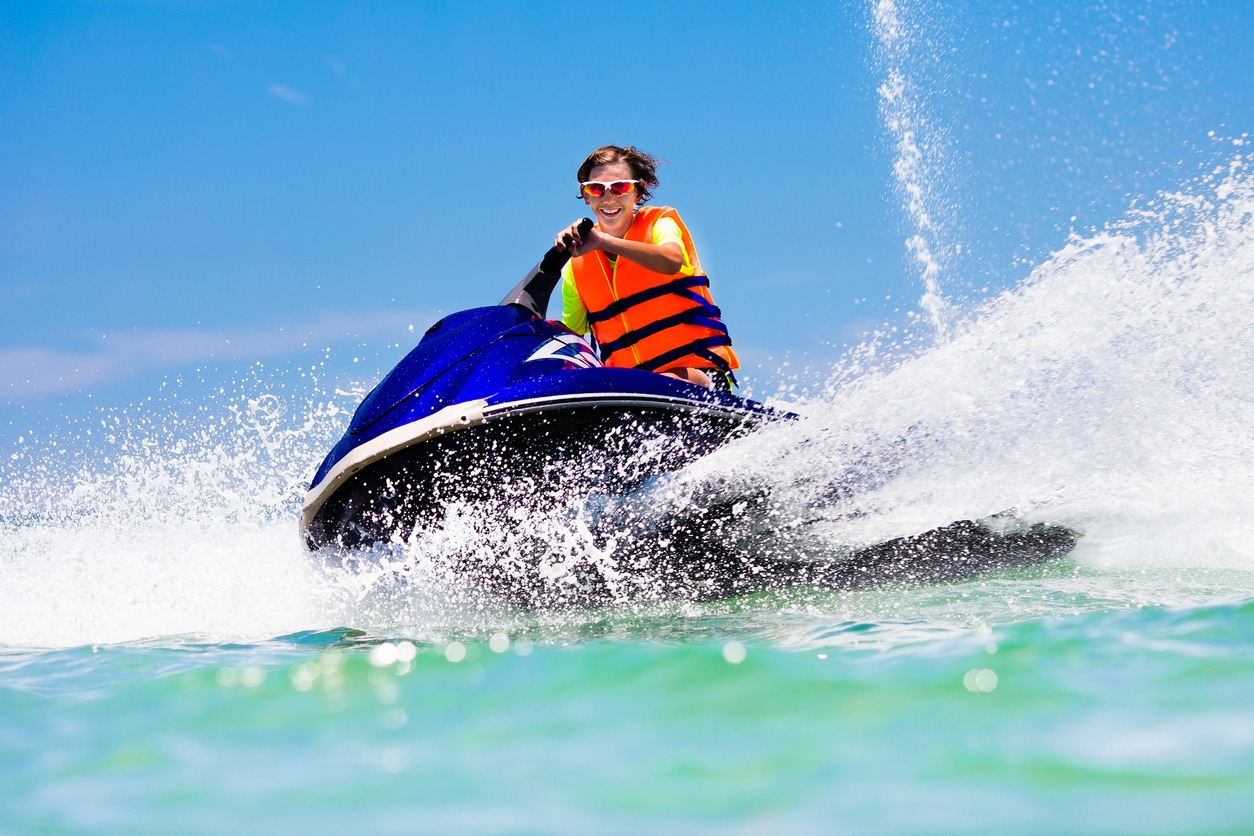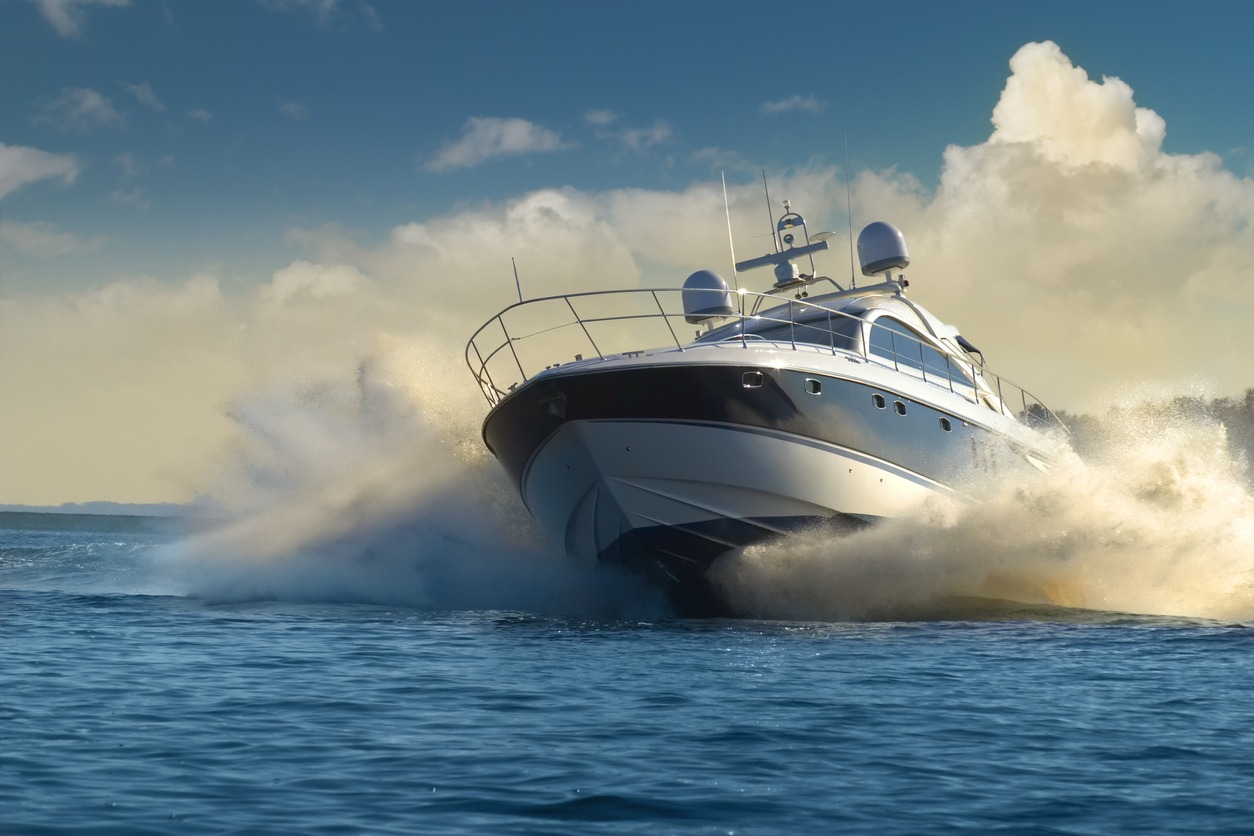Heads up to watersports lover! Powerboat racing is the fastest, most dangerous, and most fascinating water-based motorsport. Sea lovers are drawn to powerboat racing not only because it is an exciting and daring activity, but also because of its colorful history. Powerboat racing has changed and modernized since the middle of the 18th century because of faster, safer speed boats.
Powerboat racing has improved, and as a result, now enjoys the same reputation and recognition as other sports. How did everything occur? Check out some interesting facts about powerboat racing that you need to know!
Fact 1: The First Powerboat Race
In 1829, the first powerboat racing took place at Henley-on-Thames, and the era of annual racing started in 1856. The first racing came about a challenge laid down to the University of Cambridge to row a match at or near London. In this race, Oxford won in a time of 14 minutes and 30 seconds.
In 1961, the first Offshore Powerboat race in Europe was launched by Sir Max Aitken, 2nd Baronet. It was the longest-running offshore powerboat race in the world.
Fact 2: The First Major Powerboat Race
The American Power Boat Association hosted the first significant powerboating competition in 1904, which was known as the Gold Cup (APBA).
Inshore and offshore powerboat racing are the two main divisions of the sport. The first offshore race, from the southeast coast of England to Calais, France, was recognized as a sport in 1904. Then, the sport gained popularity in the U.S., having many races scheduled after this event.
Inshore powerboat racing, also known as circuit powerboat racing, includes racing around a two-pin or multi-pin circuit of around 1.5-2 km in length. The races vary in duration, some are not more than 45 minutes, but the endurance can last 24 hours longer.
Fact 3: Powerboat Racing Record Holder
In 1994, American powerboat racer Tom Gentry set a world speed record for his class by driving Team Gentry at an average of 157.4 miles an hour in San Diego Bay, a month before the 1994 crash of Gentry.
Tom Gentry was a successful real estate developer who set multiple world records thanks to his passion for powerboat racing. He won an incredible number of World and U.S. National championships and numerous world speed records in offshore speedboat racing. From 1976 to 1990, Gentry won five World Championships and four U.S. National Championships in a different boat and engine categories, sizes, and distances. He made history by becoming the first man to hold three ocean speed records at once, earning the title “The Fastest Man in Offshore.”
Fact 4: Ship with the Fastest Average Crossing Speed
Destriero is a yacht that Fincantieri built in 1991. It measures 67 meters long and 13 meters wide and has a 400-ton displacement. The Blue Riband, awarded to the ship with the fastest average crossing speed from 1838, has served as a benchmark for crossing the Atlantic records since 1838.
Destriero made two Atlantic crossings in 1992 without stopping for fuel, the first of which was a westbound trip from Tarifa Point, Spain, to Ambrose Light, New York. She traveled 3,106 nautical miles (5,752 km) in an easterly direction from the Ambrose Light to Bishop Rock, Isles of Scilly, with an average speed of 53.09 knots (98.32 km/h).
Fact 5: The American Founder of Modern Offshore Racing
The legendary Miami-Nassau races, hailed as the world’s most rugged ocean race, introduced powerboat racing to the general public and marked the start of modern offshore racing. Sam L. Griffith, the sport’s first hero, was also named during these competitions.
Before his unexpected death in 1963, Griffith was known as the man who won four Miami-Nassau races, broke Gar Wood’s record for the Miami-New York powerboat race, and won the Around Long Island Marathon. Since then, many people have tried to imitate his abilities, and when Class 1 came of age in 1964 with a recognized World Drivers’ Championship, it was his name that was chosen to be on the trophy that is now the most prestigious award in the sport.
Fact 6: Water Speed Record Holder
The current water speed record holder is Australian speedboat racer Ken Warby, who achieved 275.97 knots (511.10 km/h; 317.58 mph) on October 8, 1978, at Blowering Dam.
He achieved a speed on the water of more than 300 mph (482.8 km/h), becoming the first and only person to do so. When Donald Campbell attempted to break the record in 1967, his hydroplane crashed at a speed of more than 320 mph (515 km/h) during the return run.
Fact 7: The Most Popular Powerboat Racing Events
The most well-known powerboat racing competitions are:
- As part of the UIM Class One World Powerboat Championship, a series of eight races for Class 1 boats are held at four different venues worldwide.
- The P1 SuperStock Championship is an annual weekend racing series from May through October. Boats with 250 or more horsepower and can travel at 70 mph are eligible for races.
- Evolution and supersport class boats compete in a series of races known as the UIM Powerboat GPS World Championship.
- One of the toughest and longest powerboat races, the Venture Cup lasts fifteen days and occurs every two years. Here, boldness, technical prowess, and courage come together to take on the elements.
Fact 8: Early Boats Materials
Most boats in the middle of the 19th century were constructed from organic materials, predominantly wood, though reed, bark, and animal skins were also utilized. The bound-reed boat design used in Ancient Egypt, the birch bark canoe, the coracle and kayak wrapped in animal skin, and the dugout canoe fashioned from a single wood are examples of early boats. These boats were unable to withstand the stresses that their speed had created. As a result, speedboat racing championships frequently involved accidents and fatalities.
Fact 9: Protective Requirements
All boats must have a protective crash box installed as of the 2007 racing season. The focus on safety has increased due to the high fatality rates from powerboat racing championships. As a result, safety measures like airbags, shock-absorbing designs, and importantly, protective crash boxes are included.
Fact 10: Formula 1 Power Boats
Racing Formula 1 Power Boats can arouse genuine fascination with the marine world. Formula 1 boats have a top speed of about 150 mph and can reach 62 mph on the water in less than four seconds. One of the greatest levels of boat racing is possible thanks to the engine and boat design, which is a true accomplishment.
These tunneled hull catamarans used in Formula One racing typically weigh 390 kilograms (860 pounds), including the 118 kilograms (260 pounds) of the engine. They have a 20-foot (6-meter) length and a 7-foot (two-meter) breadth. Powerboats used in Formula One are renowned for their high speeds and excellent maneuverability.
Fact 11: The Fastest Watercraft
The Bluebird K7 and the Spirit of Australia are the two boats that are the fastest in the world. Therefore, it is no surprise that the jet-powered hydroplane Spirit of Australia, attained a maximum speed of 317.59 MPH in the 2023 Guinness World Record for being the fastest watercraft in the world.
In conclusion, whoever knew powerboat racing has many stories and contributors in its past, making this a worldwide recognized sport. Powerboat racing is, after all, for those who enjoy speed and water adventure.



